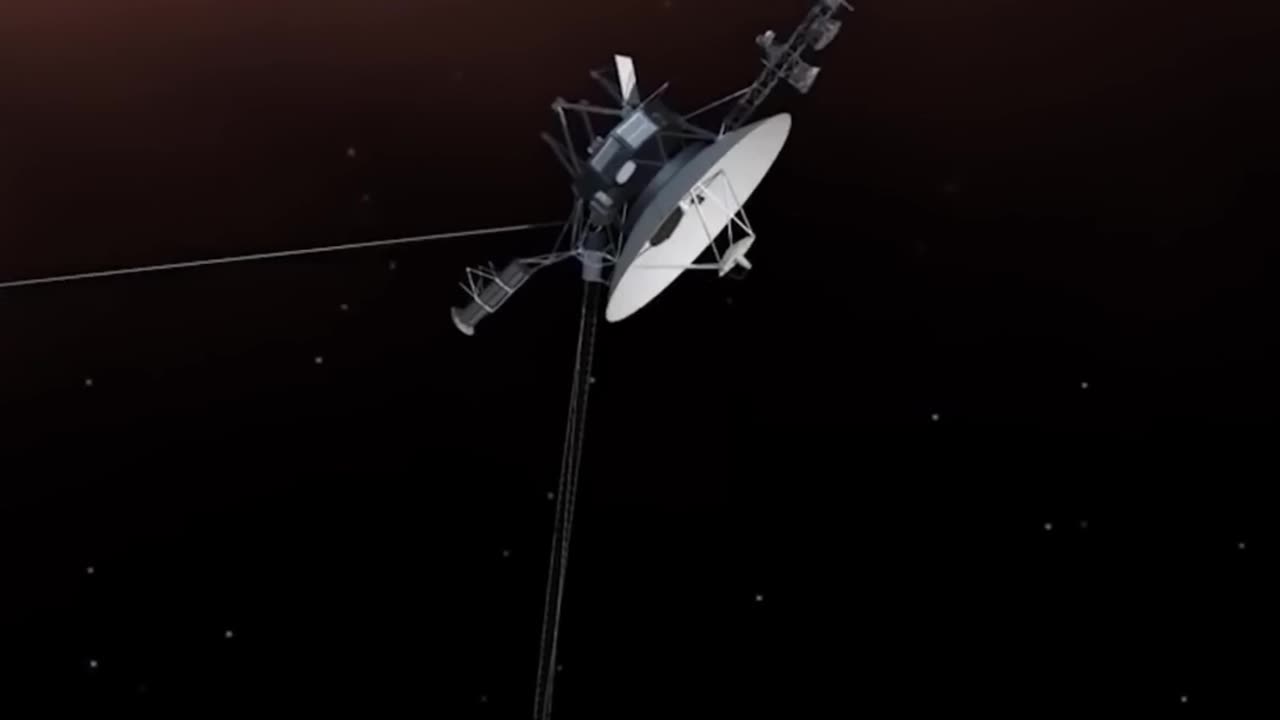Premium Only Content

Voyager 1's Signal: How We Restored Contact from Deep Space!
The video explains how Voyager 1 switched to a backup transmitter and how NASA's Deep Space Network adapted to this change to maintain communication.
[01:18-01:53]
Voyager 1 switched to a secondary S-band transmitter due to the X-band being offline, which posed a challenge given the vast distance of over fifteen billion miles from Earth.
The video explains how Voyager 1 switched to a backup transmitter and how NASA's Deep Space Network adapted to this change to maintain communication.
[01:18-01:53]
Voyager 1 switched to a secondary S-band transmitter due to the X-band being offline, which posed a challenge given the vast distance of over fifteen billion miles from Earth.
With the X-band transmitter offline, Voyager's fault protection system took action. It automatically switched over to a secondary S-band transmitter, which hadn't been used since 19 81. This transmitter operates at a lower frequency and emits a weaker signal than the X-band, which posed a challenge given its distance, more than fifteen billion miles from Earth. Even under ideal conditions, signals from Voyager take nearly 23 hours to reach Earth, creating a substantial delay for each command and response.
-
 9:26
9:26
Dr. Nick Zyrowski
5 hours agoAnti Inflammatory Foods | You MUST Eat These!
2.75K1 -
 15:40
15:40
Bearing
1 hour agoEnd Stage Trump Derangement | Rosie O'Donnell is NOT Doing Well 😬
1.74K17 -
 35:19
35:19
hickok45
4 hours agoSunday Shoot-a-Round # 256
6.08K10 -
 41:20
41:20
PMG
16 hours ago $0.39 earned"The No B.S. Guide to Getting Your Life together in 2024!"
4.14K -
 14:22
14:22
Forrest Galante
16 hours agoDoes The Megalodon Still Exist?
97.4K29 -
 26:48
26:48
Stephen Gardner
11 hours ago🔥BREAKING: Vladimir Putin JUST shocked NATO | Will only negotiate with Trump!
140K316 -
 2:45:39
2:45:39
Tundra Tactical
14 hours ago $36.49 earnedTundra Nation Live : The Worlds Okayest Gun Live Stream
71.8K2 -
 17:06
17:06
Professor Nez
11 hours ago🚨BREAKING: Elon Musk to BUY MSNBC!? Dems STUNNED by Brian Williams’ Viral Video!
65.1K84 -
![If You Smell LALALALA What CHiLi IS COOKING!!... #RUMBLETAKEOVER [Overwatch 2]](https://1a-1791.com/video/s8/1/e/s/X/3/esX3u.0kob-small-If-You-Smell-LALALALA-What-.jpg) 4:27:40
4:27:40
CHiLi XDD
14 hours agoIf You Smell LALALALA What CHiLi IS COOKING!!... #RUMBLETAKEOVER [Overwatch 2]
38.9K2 -
 12:00:03
12:00:03
Delnorin Games
14 hours ago🔴 Live - Star Citizen
94.6K15